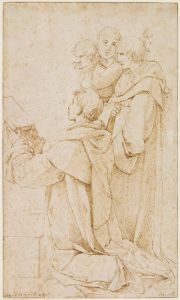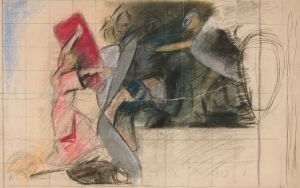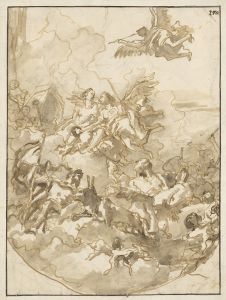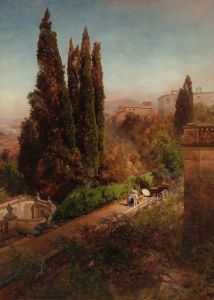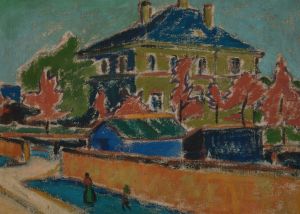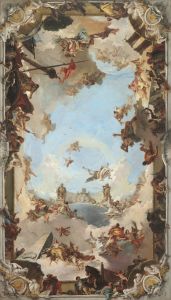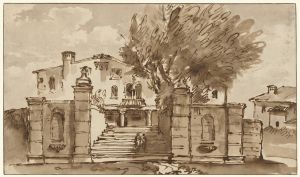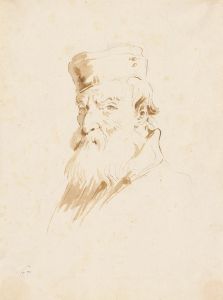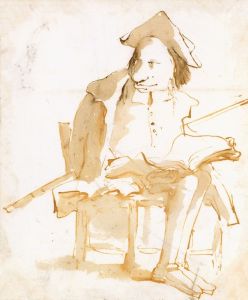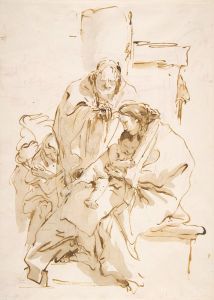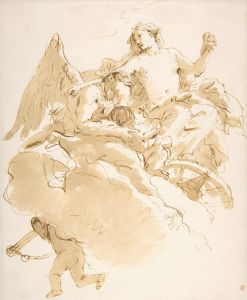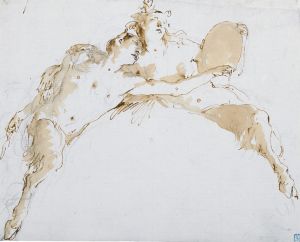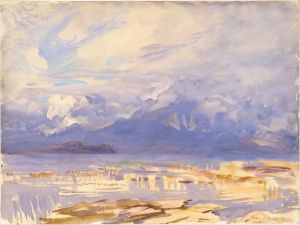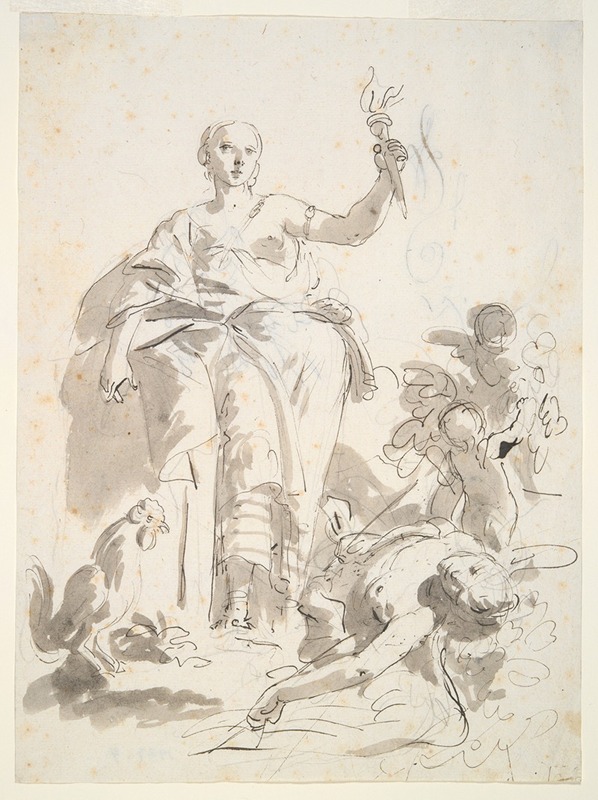
Study for the fresco Industry Triumphing over Idleness, at the Villa Lochi al Biron
A hand-painted replica of Giovanni Battista Tiepolo’s masterpiece Study for the fresco Industry Triumphing over Idleness, at the Villa Lochi al Biron, meticulously crafted by professional artists to capture the true essence of the original. Each piece is created with museum-quality canvas and rare mineral pigments, carefully painted by experienced artists with delicate brushstrokes and rich, layered colors to perfectly recreate the texture of the original artwork. Unlike machine-printed reproductions, this hand-painted version brings the painting to life, infused with the artist’s emotions and skill in every stroke. Whether for personal collection or home decoration, it instantly elevates the artistic atmosphere of any space.
Giovanni Battista Tiepolo, one of the most prominent Venetian painters of the 18th century, is renowned for his grand frescoes and masterful use of light and color. Among his numerous works, the "Study for the fresco Industry Triumphing over Idleness" is a preparatory piece for a larger fresco that was intended for the Villa Lochi al Biron, located near Vicenza, Italy. This study showcases Tiepolo's skill in composition and his ability to convey allegorical themes through dynamic figures and dramatic gestures.
The artwork represents the allegorical theme of Industry overcoming Idleness, a common motif in the decorative arts of the period, reflecting Enlightenment ideals of progress, productivity, and moral virtue. In the study, Tiepolo employs his characteristic light, airy brushstrokes and a harmonious palette to depict the figures in a lively and theatrical manner. The preparatory nature of the piece suggests that it was created as a conceptual design to guide the execution of the final fresco.
The Villa Lochi al Biron, for which the fresco was intended, was a private residence, and the commission reflects the patron's desire to align with contemporary intellectual and cultural trends. Tiepolo's work in such settings often combined mythological, historical, and allegorical elements to create visually stunning and intellectually engaging compositions.
While the final fresco itself may no longer survive or its current condition is unclear, the study remains an important example of Tiepolo's creative process. It demonstrates his ability to translate complex ideas into visually compelling imagery and highlights his role as a leading figure in the Rococo movement.
This study is now preserved in a collection, where it continues to be appreciated for its artistic and historical significance. It provides insight into Tiepolo's working methods and the cultural context of 18th-century Italy.





